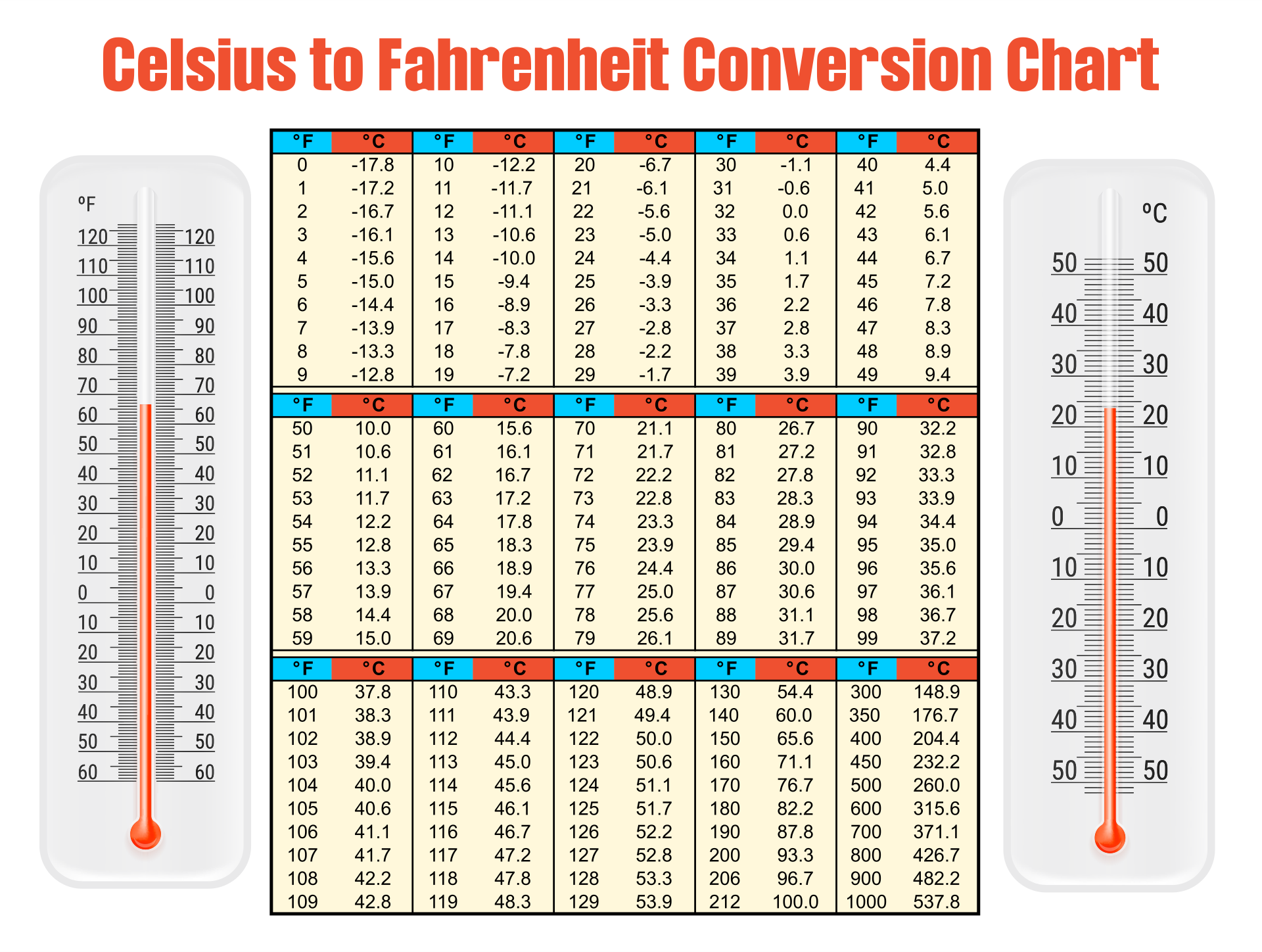
Used in more doctor's offices than any other thermometer.
#Axillary temperature conversion chart how to
Follow the box directions on how to take the temp.
Note: some newer forehead thermometers don't need to slide across the forehead. Read your child's temp on the display screen. Slowly slide the thermometer across the forehead toward the top of the ear. Place the sensor head at the center of the forehead touching the skin. This is the one most used in hospitals and doctors’ offices. This blood vessel runs across the forehead just below the skin. This thermometer reads the heat waves coming off the temporal artery. Earwax, ear infections and ear tubes do not keep from getting correct readings. Your child needs to be inside for 15 minutes before taking the temp. Being outdoors on a cold day will cause a low reading. It also does not need the child to cooperate. Parents like this thermometer because it takes less than 2 seconds. Then aim the tip of the ear probe between the opposite eye and ear. A correct temp depends on pulling the ear backward. This thermometer reads the heat waves coming off the eardrum. Age: 6 months and older (not accurate before 6 months). Your child has a fever if the temp is above 100° F (37.8° C). Keep the lips sealed until it beeps (about 10 seconds). Have your child hold the thermometer with his lips and fingers. It's important to put the tip in the right place. Put the thermometer under one side of the tongue towards the back. If your child had a cold or hot drink, wait 30 minutes. If you have any doubt, take your child's temp by rectum or forehead. Your child has a fever if the armpit temp is above 99.0° F (37.2° C). The tip of the thermometer must stay covered by skin. Do this until it beeps (about 10 seconds). Close the armpit by holding the elbow against the chest. Put the tip of the thermometer in an armpit. Also avoid in other children with weak immune systems such as organ transplant, HIV or sickle cell disease. Warning: do not take rectal temperatures in young children with leukemia or other cancers. Your child has a fever if the rectal temp is above 100.4° F (38° C). Leave a digital thermometer in until it beeps (about 10 seconds). That means until you can no longer see the silver tip. If your child is less than 6 months old, put it in no more than ½ inch. Slide the thermometer gently into the anus no more than 1 inch. Put some petroleum jelly on the end of the thermometer and the anus. Another way is on the back with the legs pulled up to the chest. Have your child lie stomach down on your lap. The AAP suggests you replace any glass thermometer in the house with one of these products. Most of them give an accurate temp in 10 seconds or less. They can be used for rectal, armpit and oral temps. Digital (electronic) thermometers are easily found in stores. Ear and forehead thermometers are also good. 
An armpit temp is good for screening if it is taken right. An ear thermometer can be used after 6 months old. New research shows that forehead temps may also be accurate under 3 months of age. Reason: If young babies have a fever, they need to see a doctor now. If the armpit temp is above 99° F (37.2° C), re-check it.

An armpit temp is the safest and is good for screening. Armpit temps are useful for screening at any age. Temps done in the armpit are the least accurate. Oral and ear temps are also accurate if done properly. Forehead temps are the next most accurate.
Caution: Ear temperatures are not accurate before 6 months of age. Under the arm (armpit) temperature: 99° F (37.2° C) or higher. Oral (mouth) temperature: 100° F (37.8° C) or higher. Rectal, Forehead or Ear temperature: 100.4° F (38.0° C) or higher. A fever is an elevated body temperature with these readings:. 
Average body temperature is around 98.6° F (37.0° C).







 0 kommentar(er)
0 kommentar(er)
